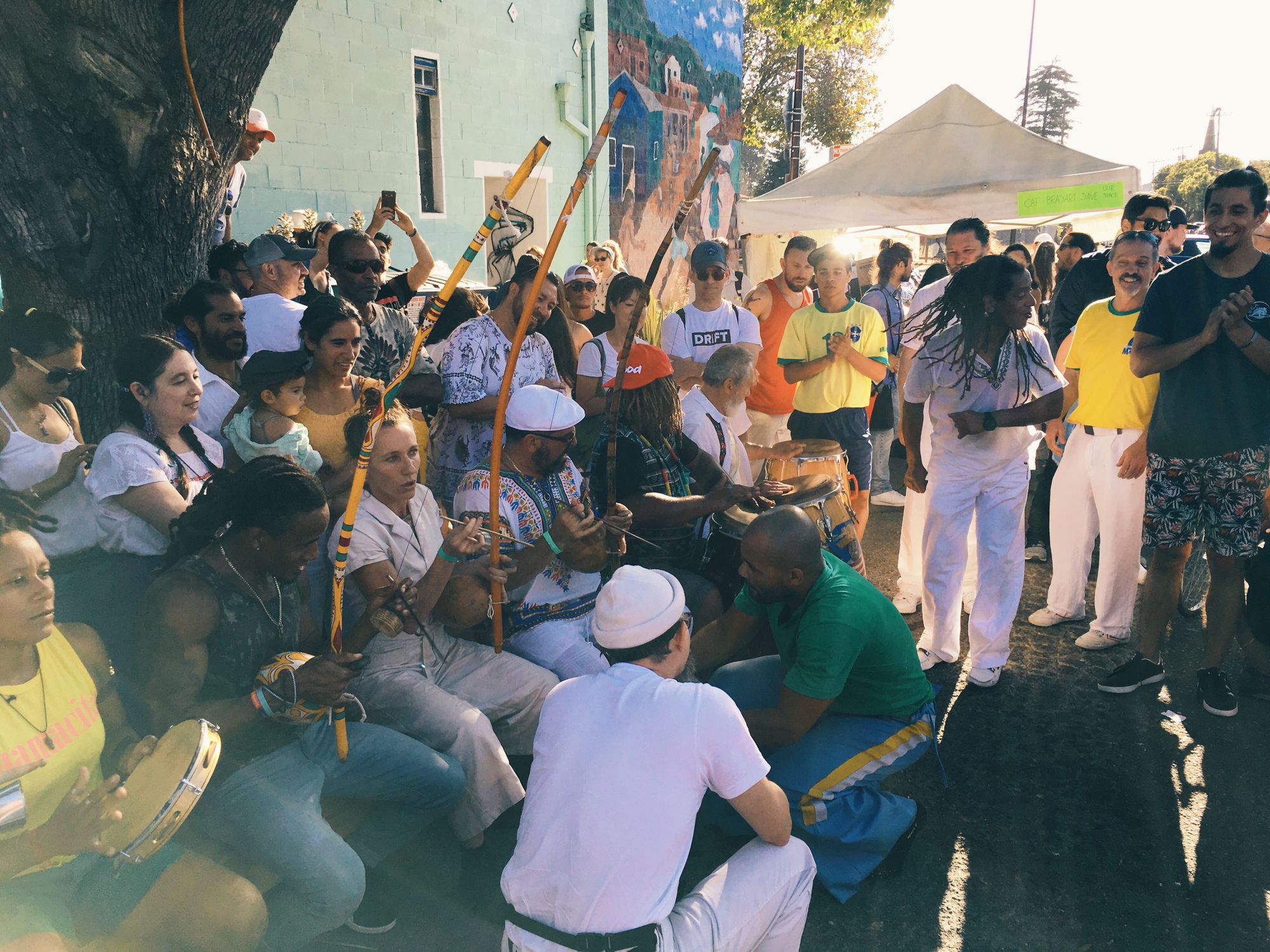Capoeira Arts

For over 25 years Nuria (AKA Marreta) has been a committed practitioner of the afro-Brazilian martial, musical, ritual art form called capoeira. In December 2023 she was graduated to the level of Mestra by Mestre Acordeon.
Nuria was introduced to capoeira in 1995 with Mestre Joao Grande and began training seriously in 1997 with Mestre Galo (then professor) of the United Capoeira Association (UCA). In 1998 she moved to Berkeley to study with UCA founders Mestre Acordeon, Mestre Rã, and Mestra Suelly.
Nuria began teaching in 1999 at the Capoeira Arts Cafe in Berkeley, and that same year she made her first trip to Brazil to study the art in its birthplace. She made subsequent trips in 2000, 2003, 2009, 2010, and 2023.
Nuria had her formatura, or graduation to the level of professora, in 2005, while she was pregnant with her second child. In 2013 she was honored with promotion to the rank of contramestre by Mestre Acordeon and Mestre Suelly.
She has taught classes for all ages regularly for UCA Berkeley, for youth at various school programs across the Bay Area, and by invitation at many capoeira events throughout the US. She has also choreographed and performed for large capoeira shows involving sister Brazilian cultural forms like Samba de Roda and Maculelê.
As a capoeirista and capoeira teacher Nuria’s style emphasizes movement flow and sequencing, and a high standard of musicality — qualities which were imparted to her by her teachers as well as stemming from her other lifelong practices outside of capoeira and personal life experience.
Additionally as a teacher Nuria draws on her applied knowledge of biomechanics to guide effective movement strategies and techniques that promote physical longevity in the art form and the health of joints and tissues.
In addition to her primary teachers Mestres Acordeon, Suelly, and Rã, she has studied directly with many of the most renowned capoeira lineage holders in the world: Mestre Gato, Mestre Mago, Mestre Cobra Mansa, Mestre Valmir, and Mestre Panao, Mestre Calango, Mestre Amunka, Mestre Galo, Mestre Amen, Mestre Lobao, Mestre Effraim, Mestre Marrom, Mestre Nestor Capoeira, Mestre Itapoan Beiramar, Contra Mestre Dondi, and many others.
Currently Nuria is serving remotely on the teaching and administrative teams for the Berkeley Capoeira Collective.
She is committed to bringing her whole self to the art of Capoeira, while holding respect for traditions, history, and customs that are essential to the form and being deeply engaged in contemporary discourses around issues of identity, relations of power, and representation in the art.
